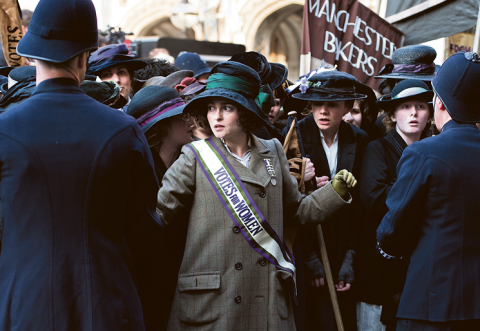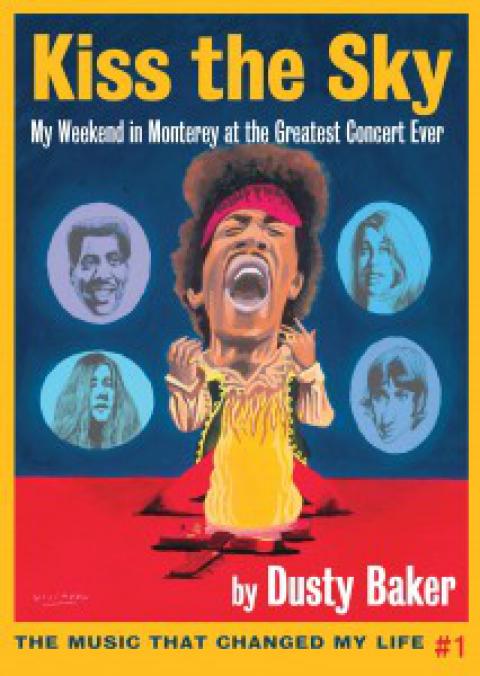Review: She's No Radical! 'Suffragette' Would Rather Show Women Suffering Than Building Bombs
The Village Voice

The conversion-narrative approach that Suffragette is rooted in precludes a structure as savvy as what we saw in Ava DuVernay's exquisite Selma, a film of negotiation and confrontation — and one that presumed this was no viewer's first day in this world. Suffragette expends its energy selling us on what we already believe rather than examining the way these activists pressed the world into believing it








Spread the word